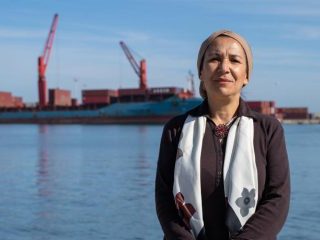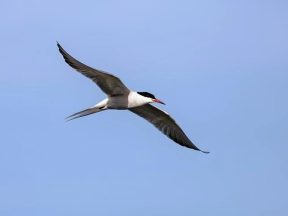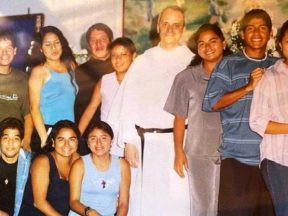Music. Morocco. A Rainbow of Sounds.
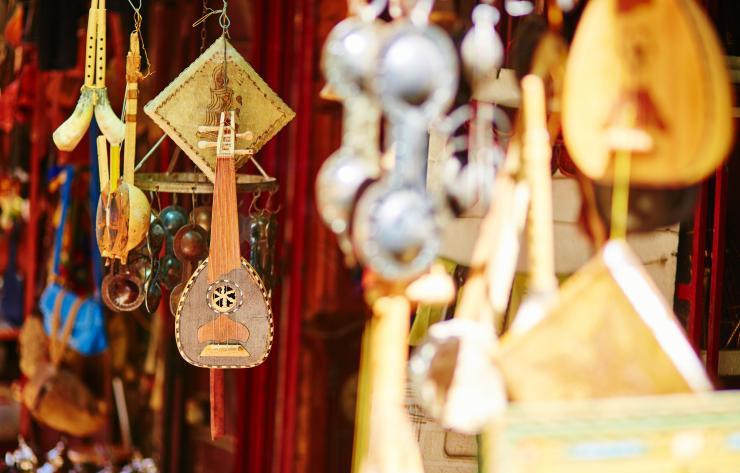
In a mix of ancient traditions and echoes of cosmopolis, Moroccan music fascinates with its sonority and elegance.
Morocco is increasingly looking towards Europe, above all thanks to its emigrants who have populated the metropolises of the West for centuries in a diaspora basin of at least five million people. The parents of Loreen, winner of two editions of the Eurovision Song Contest, also belong to this category.
Lorine Zineb Talhaoui was born in Stockholm to parents of Berber origin. But, besides her, the indigenous music scene also offers a large number of fascinating sounds and many artists worthy of interest.
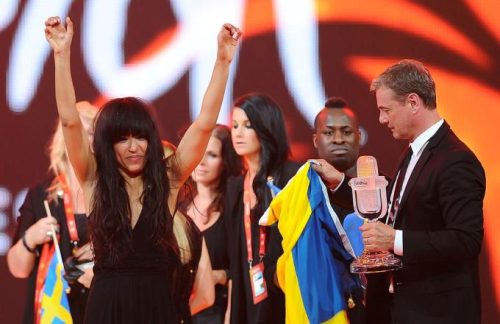
Loreen’s victory in the Eurovision Song Contest 2012 in Baku. CC BY-SA 3.0/ Vugarİbadov
A varied sound which, as often happens in countries in the South of the world, lives in a continuous mix between the recovery of ancient traditions and echoes of contemporary pop cosmopolitanism. Instruments such as the qraqeb (percussive instrument) and the guembri, similar to a three-string bass guitar, are fundamental in gnawa music, an expression of Afro-Muslim spirituality, typical of the entire sub-Saharan area but also very widespread in Morocco where it was imported by early slaves.
Another basic instrument is the oud, the Arab lute widespread throughout the Middle Eastern area, while the qanun (a table harp), the nay (a reed flute) and the ghaita (a kind of bagpipes) are also widely used in music of Andalusian origin as well as that of Berber origin, another essential tributary of traditional Moroccan music.
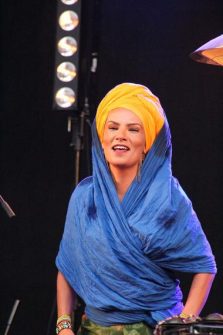
Oum, singer and composer from Casablanca. CC BY-SA 4.0/ Frank C. Müller
Chaabi music derived from Arab and Berber influences enjoyed great popularity during the 20th century: engaging rhythms and catchy melodies played with instruments such as the darbuka (goblet-shaped drum), the violin, and the guitar. Chaabi songs deal with themes of everyday life, love and joy, and are often accompanied by traditional dances. As for the artists, at least three are essential: Oum El Ghaït Benessahraoui better known as Oum, singer and composer from Casablanca with a style that blends jazz and blues influences with North African tradition; Hamid El Kasri, from Rabat, a master and virtuoso of guembri and an ambassador of gnawa music in the world; and the refined French-Moroccan singer-songwriter Hindi Zahra, perhaps the best-known Moroccan artist abroad.
Last but not least, there is also the historic group Nass El Ghiwane, disbanded in 2007, which mixed the gnawa tradition with rock and international folk, and among the new artists we have the young pop-singers Ibtissam Tiskat and Salma Rashid. (Open Photo: traditional musical instruments.123rf)
Franz Coriasco

